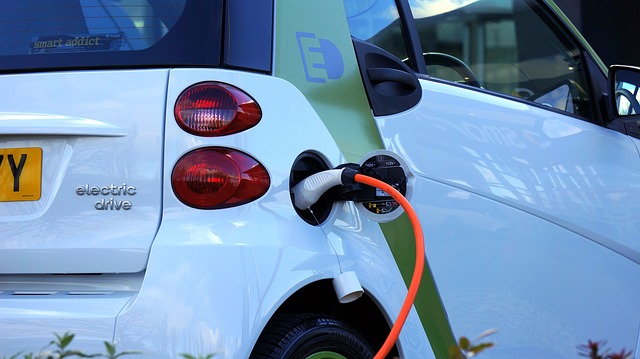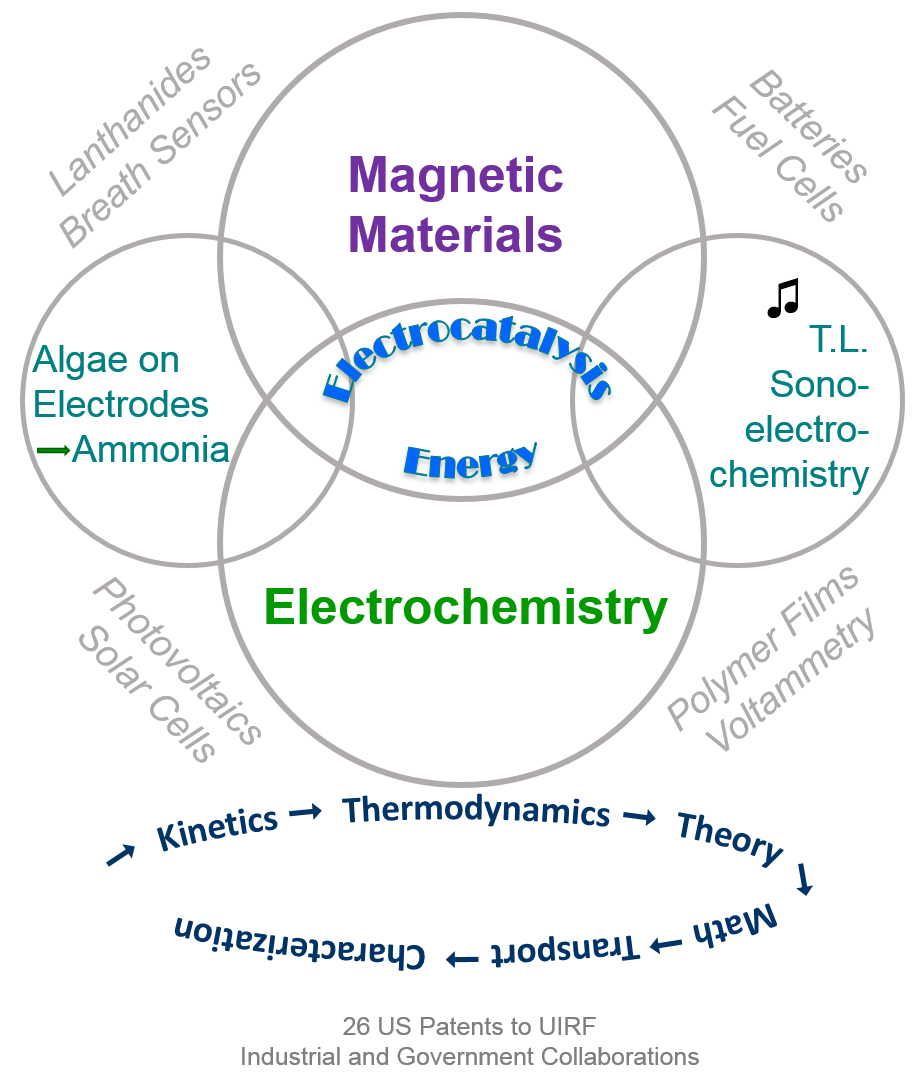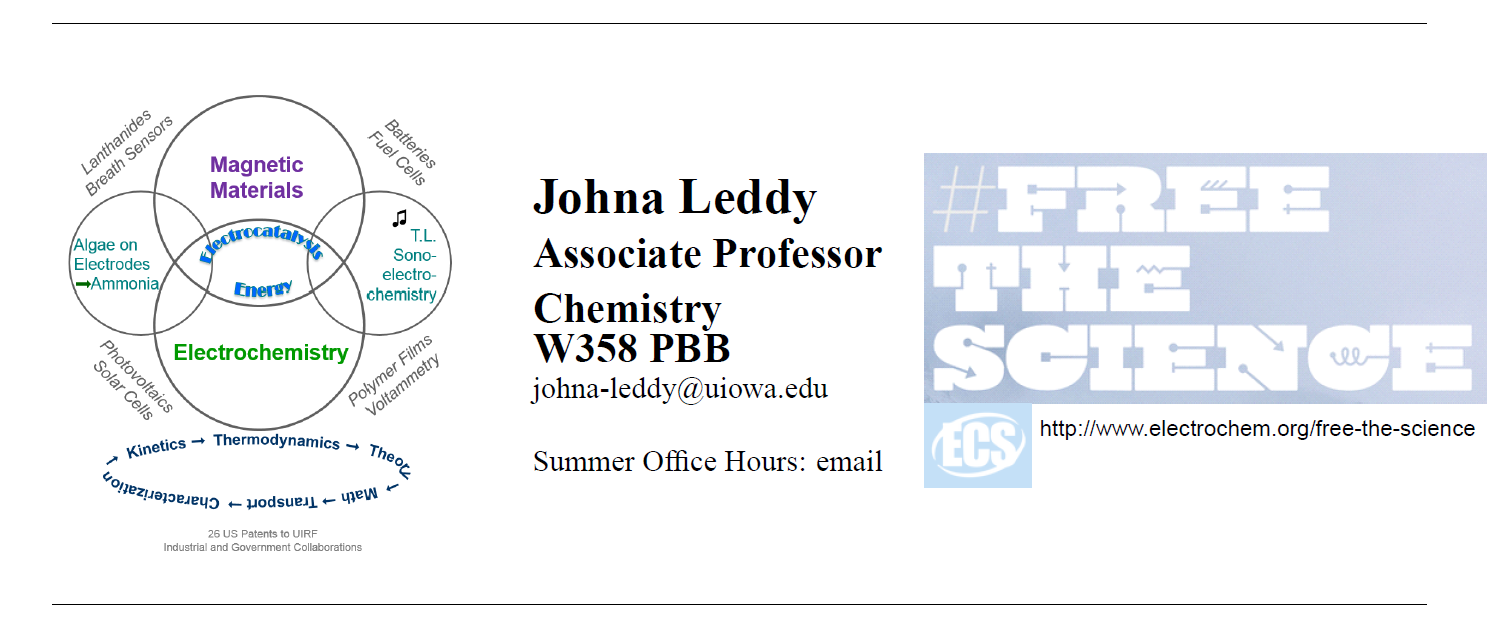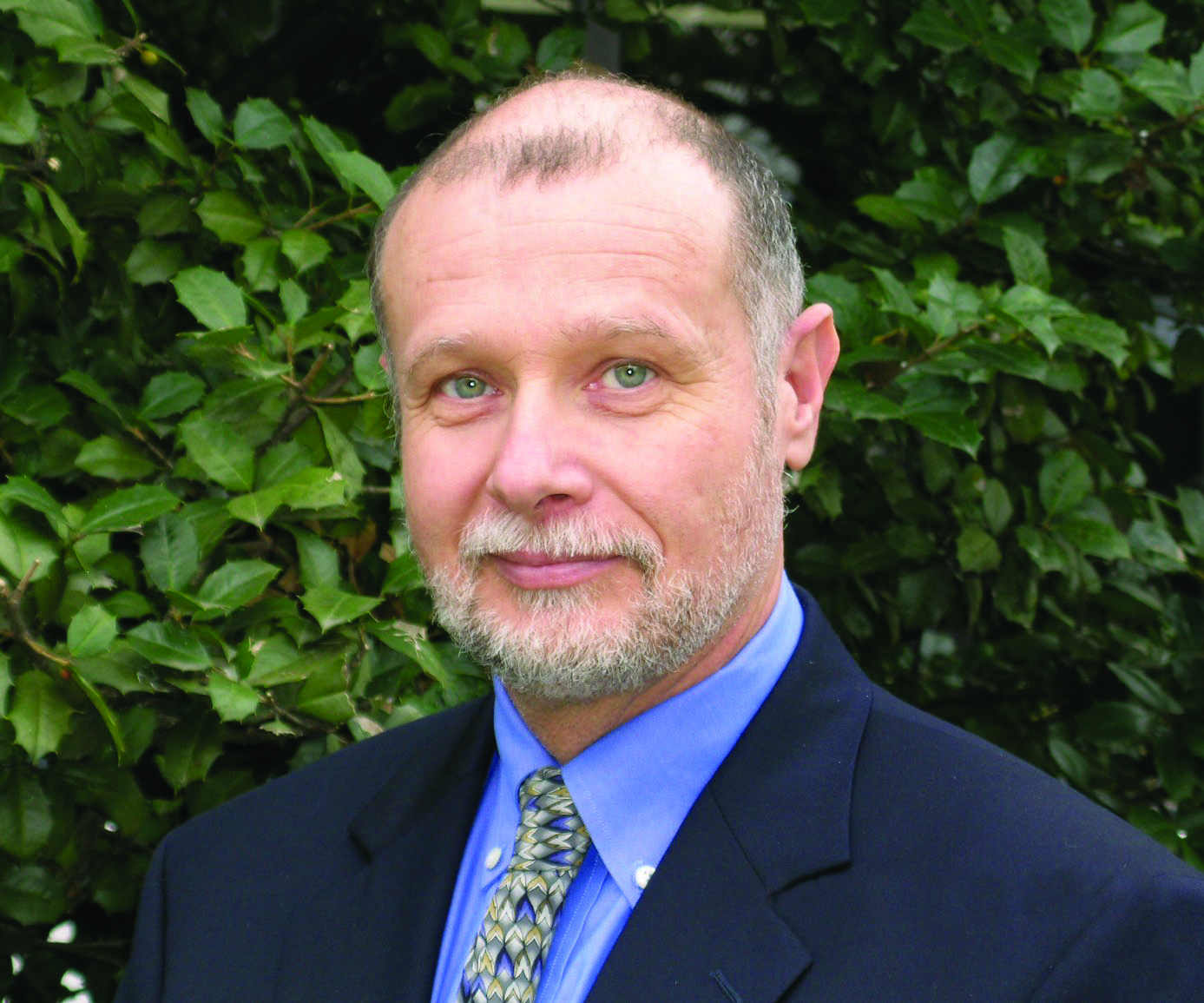 Former ECS President and U.S. Naval Research Laboratory scientist, Paul Natishan, has recently been awarded the Department of the Navy Meritorious Civilian Service Award for “his outstanding performance and record of scientific achievements and contributions made to the Navy in the field of corrosion science and technology.”
Former ECS President and U.S. Naval Research Laboratory scientist, Paul Natishan, has recently been awarded the Department of the Navy Meritorious Civilian Service Award for “his outstanding performance and record of scientific achievements and contributions made to the Navy in the field of corrosion science and technology.”
Among his most notable accomplishments with NRL, Natishan developed significant advances for the understanding of materials in marine environments. By gaining a greater understanding of the breakdown of metals, Natishan’s work has made great impact on the Navy’s use of aluminum and stainless steel materials.
“Dr. Natishan’s breakthroughs in corrosion science have been an immeasurable contribution to the Navy as well as to the world in establishing a more thorough scientific understanding of corrosion phenomena and mitigation measures,” Capt. Mark Bruington, Commanding Officer, NRL said in a release. “As an internationally recognized expert in corrosion science, his contributions and achievements have allowed for conventional materials used in many applications for the Navy — operating continuously in a chlorine-laden environment — to be made more resistant to localized corrosion and degradation.”
Learn more about Paul Natishan.


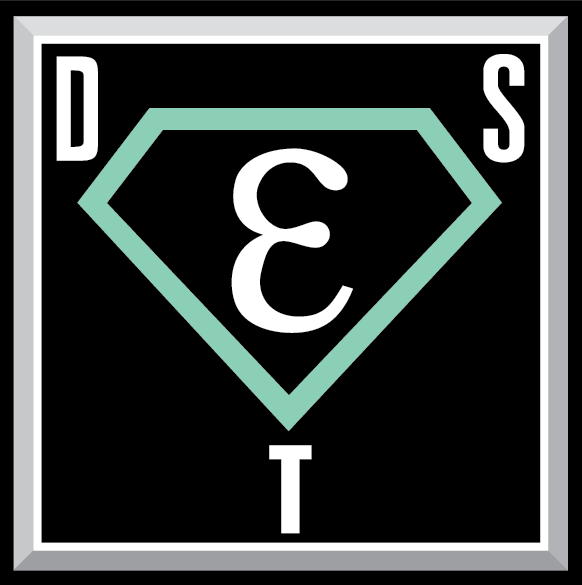 Nomination Deadline: August 1, 2016
Nomination Deadline: August 1, 2016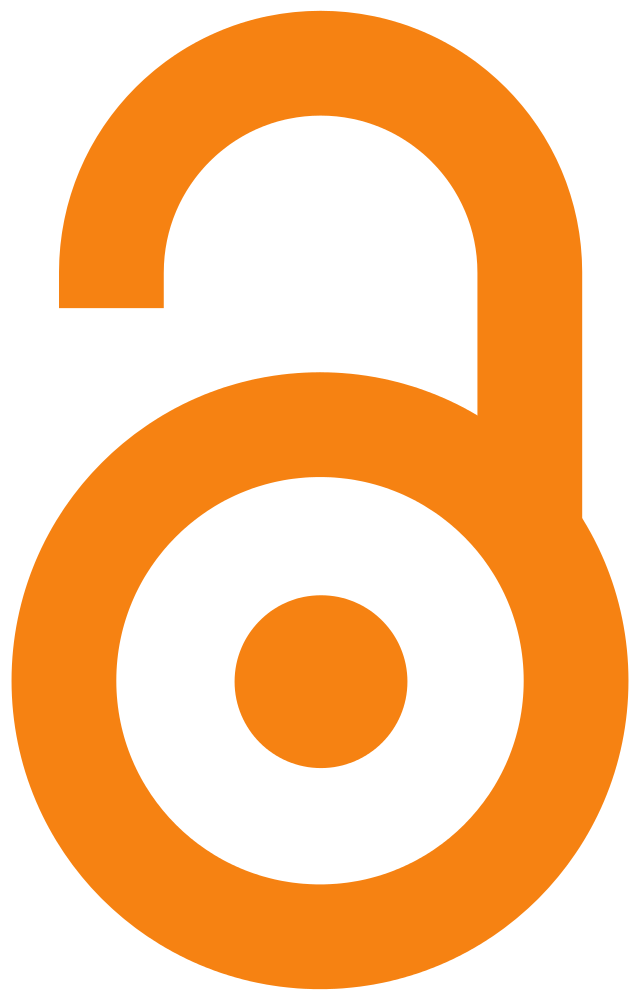 A recent survey shows the scholarly publication model is changing, and researchers are embracing that change.
A recent survey shows the scholarly publication model is changing, and researchers are embracing that change.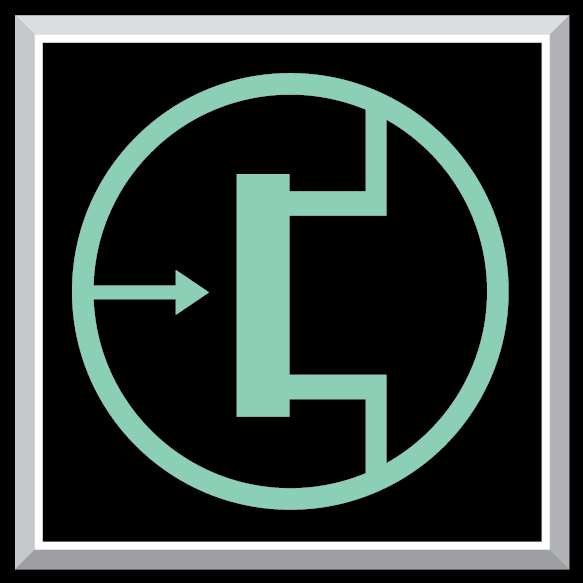 Nomination Deadline: August 1, 2016
Nomination Deadline: August 1, 2016

